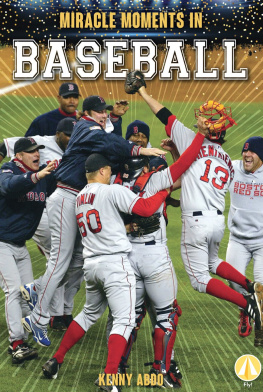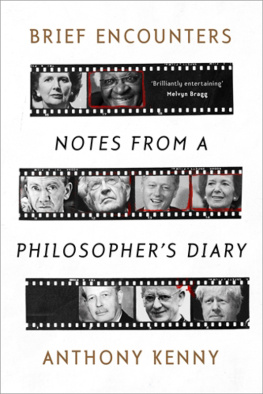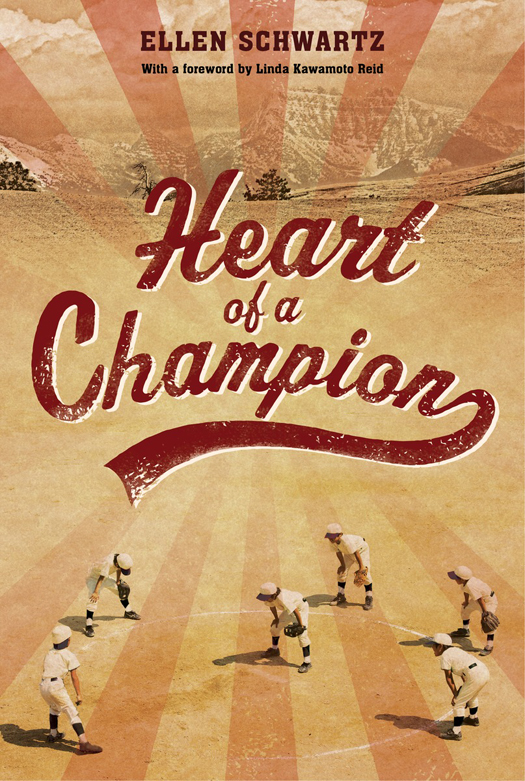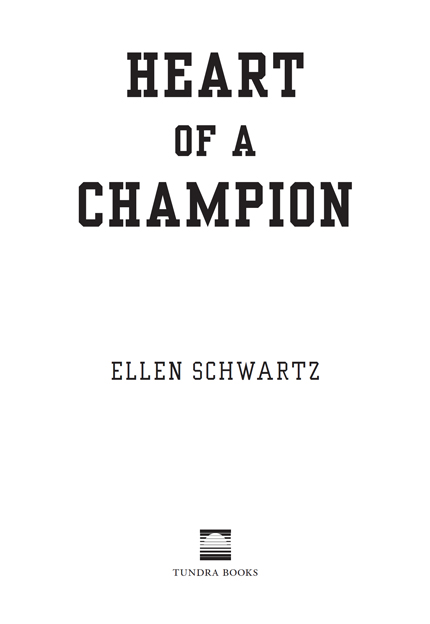Text Copyright 2016 by Ellen Schwartz
Tundra Books, a division of Random House of Canada Limited, a Penguin Random House Company
All rights reserved. The use of any part of this publication reproduced, transmitted in any form or by any means, electronic, mechanical, photocopying, recording, or otherwise, or stored in a retrieval system, without the prior written consent of the publisher or, in case of photocopying or other reprographic copying, a licence from the Canadian Copyright Licensing Agency is an infringement of the copyright law.
Library and Archives Canada Cataloguing in Publication
Schwartz, Ellen, 1949, author
Heart of a champion / Ellen Schwartz.
Issued in print and electronic formats.
ISBN 978-1-77049-880-8 (bound).ISBN 978-1-77049-882-2 (epub)
I. Title.
PS8587.C578H33 2016 jC813.54 C2015-901052-7
C2015-901053-5
Published simultaneously in the United States of America by Tundra Books of Northern New York, a division of Random House of Canada Limited, a Penguin Random House Company
Library of Congress Control Number: 2015931504
Edited by Sue Tate
Designed by Rachel Cooper
Tundra Books,
a division of Random House of Canada Limited,
a Penguin Random House Company
www.penguinrandomhouse.ca

v3.1
For the out-laws Margo, Alan, Bill and Julie
Contents
FOREWORD
Heart of a Champion is a delightful story that captures the essence of the Japanese spirit through the lives of children. The author, Ellen Schwartz, has thoroughly researched the times by talking extensively with members of the Japanese Canadian community. She met Kaye Kaminishi, our last surviving Asahi baseball player, who was a rookie in 1941, and sought out the facts by conducting interviews, reading books and watching films. The story has surprising elements of reality, from the food eaten to the description of events following the bombing of Pearl Harbor.
More than one hundred years after the founding of the Asahi club, the publication of this book is a fine tribute to the players, who were revered like movie stars. To many young boys of the prewar era living on Powell Street and all over British Columbia, being an Asahi baseball player was the ultimate goal. Fathers of the players were proud and supported the many levels of clubs that fed into the team. Asahi players were treated to food and drink after the games and did not have to pay for an ofuro (soak in a Japanese bath). The Asahis not only bridged the gap between the Caucasians and the Japanese who shared a community, but also the generation gap between the first and second generation Japanese Canadians. The story of the Asahis is a story of triumph over adversity and pays tribute to a group of Japanese Canadians who found a way to excel. In 2003, the team was inducted into the Canadian Baseball Hall of Fame, and, in 2008, was designated an Event of National Historic Significance.
Heart of a Champion is a heartwarming story of friendship and love through challenging times.
Linda Kawamoto Reid
Research Archivist, Nikkei National Museum,
Burnaby, British Columbia
ACKNOWLEDGMENTS
The author is grateful for the assistance of The Canada Council for the Arts in their support of this project.
 | canada counsil
for the Arts | conseil des arts
du Canada |
For their generous offer of a writing space: James and Lynn Hill.
For their helpful comments in reading the manuscript: Graham Bibby, Heather Duff, Morna McLeod, Chris Petty, Aaron Rabinowitz, Linda Kawamoto Reid, Bernard Rosenberg, Bill Schwartz, Merri Schwartz, Lori Thicke, Yukiko Tosa and Irene Watts.
For their invaluable assistance in arranging interviews and providing historical information: Richard Hambly, Sakaye Hashimoto, Nobuyoshi Hayashi, Momoko Ito and the staff of the Nikkei Internment Memorial Centre, Jean Kamimura, Kaye Kaminishi, Marion Lesnik, Linda Kawamoto Reid and the staff of the Nikkei National Museum & Cultural Centre, members of the Tashme Historical Project (Tak Negoro, Shoji Nishihata, Linda Kawamoto Reid, Howard Shimokura, Kaz Takahashi and Jean Wakahara), Grace Eiko Thompson, Yukiko Tosa, Irene Tsuyuki and Barbara Yeomans.
AUTHORS NOTE
Several years ago, I saw a documentary on television about the Vancouver Asahi baseball club. I was dazzled by the skill, professionalism and dignity of the team. When the film was over, I said to myself, Why have I never heard of the Asahis before? They were amazing! Every Canadian kid should know about them! So, because I write books for children, I decided to write one about the Asahis.
Americans introduced baseball to Japan in the 1870s, and it didnt take long for the Japanese to excel at the game. When Japanese immigrants started arriving in Canada in the early 1900s to work as fishers, loggers and laborers, they formed baseball teams in their new home. In 1914, a group of players, under the leadership of Coach Matsujiro Harry Miyasaki, formed the Vancouver Asahi baseball club. Asahi means morning sun, so perhaps the name reminded the players of their homeland in the Far East.
As Japanese, they were smaller than their white opponents. They didnt have the size and strength to hit home runs. They had to outthink and outrun the competition rather than out-slug them. So they developed a style of baseball called smart ball, or brain ball, relying on bunting and stealing bases to win games.
It worked. The Asahis soon dominated baseball in Vancouver, winning their first title, the Vancouver International League championship, in 1919. The team went on to win many more championships in the years that followed, defeating both Japanese and white teams throughout the Pacific Northwest.
This was at a time when Asian Canadians were considered second-class citizens. They were not allowed to vote, had to sit upstairs in theaters and were denied many types of jobs. Some white players and fans resented the fact that a Japanese team was beating them at their own game. The Asahis suffered racial slurs and even attacks on the field. But they kept their discipline and their dignity. By following a code that emphasized teamwork, hard work and fair play, they became a symbol of pride in the Japanese community. As one fan, Frank Moritsugu, said, They made it possible for the rest of us to hold our heads higher.
Slowly the Asahis won over white fans, too. By the late 1930s and early 1940s, both Japanese and white fans thronged the Powell Street Grounds and cheered them on as they won five Pacific Northwest League championships in a row, from 1937 through 1941.
When the Asahis celebrated their victory in September 1941, they could not have known that it would be their last.
In 1939, Germany invaded Poland, and World War II began. France and Great Britain declared war on Germany, and Canada, as part of the British Empire, joined the war on the British side.
Over the next two years, while the war raged in Europe, Japan was moving across Asia, overrunning parts of China, the Soviet Union, Mongolia and Indochina. On December 7, 1941, the Japanese navy attacked a United States naval base at Pearl Harbor in Hawaii. At the same time, Japan declared war on the United Kingdom, Canada and the United States.















